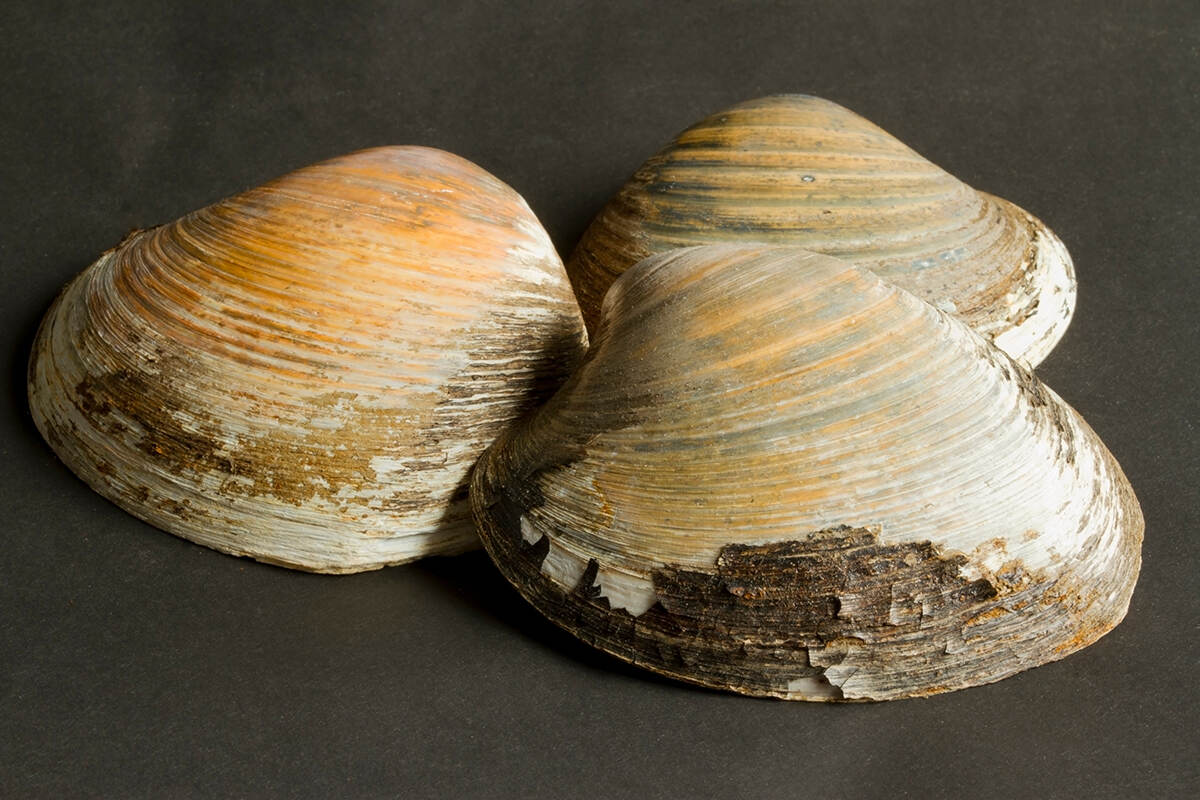
Oceanographer James Scourse argues that funding for blue-skies research is essential

CV
- 1980 Masters 1st Class Honours University of Oxford (St Peter’s College)
- 1981 Postgraduate Certificate in Education, University of Bristol
- 1981–84 PhD, University of Cambridge, Subdepartment of Quaternary Research
- 1985–2017 Lecturer in Marine Geology, School of Ocean Sciences, University of Wales (Bangor)
- 2008–11 President of the Quaternary Research Association
- 2017–present Director, Centre for Geography and Environmental Science, University of Exeter
- 2022–present Head of the Department of Earth and Environmental Sciences, University of Exeter
We don’t really know what our oceans were like before the many changes caused by human activity. One project, SeaChange, plans to find out.
James Scourse, professor of marine science at the University of Exeter and SeaChange’s principal investigator, explains that the history of marine ecosystems can be found in ocean sediments – tiny particles of rock and organic material that settle and accumulate on the ocean floor. They hold the key to understanding how depleted the current marine environment is, what measures are needed to help biodiversity to recover, and how long this might take.
What makes SeaChange an innovative project?
The techniques we’re using to reconstruct the ocean’s history are cutting-edge. For instance, one of the main techniques we’re employing is environmental DNA. In the past, the conventional way to analyse marine sediments has been to extract microfossils and look at changes in the preserved remains, but we know that the preserved remains that end up in sediments are a tiny fraction of the total biodiversity in the water column above. Instead, we’re extracting DNA fragments from the total sediment that is accumulating. This provides a greater representation of the whole ecosystem, including soft-tissue organisms, which wouldn’t normally be preserved. As a means of expanding our understanding of biodiversity, it’s immensely powerful.
Also of particular interest is Arctica islandica, the Icelandic clam. These clams are immensely long-lived; we discovered a specimen back in 2006, north of Iceland, that had lived for 507 years (named Hafrún by the researchers who found it). It’s the longest-lived animal known to science. Clams live by laying down calcium carbonate year on year. When you slice them open, you can see these growth increments, just like tree rings, which can be used to create long records of marine climate change. We call this sclerochronology. These clams represent another form of an archive of ocean history, one that complements sediment cores.
Where have you chosen to collect shells and sediment cores?
Because the focus within the project is on the impact that human activity and cultural changes have had on the marine system, we’ve gone for places where we expect to see sudden changes. One of those places is Antarctica, which experienced a massively abrupt change following the onset of industrial-scale whaling in the early 20th century. We had a pristine marine ecosystem up until 1904, when whaling stations were established at Grytviken on South Georgia and on Deception Island. Once you start taking out the whales it has profound implications for the entire ecosystem and we’re getting sediment records that capture that transition.
How has funding from the European Research Council (ERC) given SeaChange greater freedom to research marine ecosystems?
Most of the funding opportunities we have for research are very impact-driven these days, and possibly quite rightly so. But very often you’ll have a really interesting potential project and you’ll find yourself having to do an abrupt gearshift to force it into having some sort of impact-led focus. It’s frustrating and it can have a really stultifying influence on research activities. I also think it’s short-sighted and I’ll give you an example of why. When we did blue-skies research on the Icelandic clam, our focus was initially on climate change. But when we discovered they were so long-lived, it fuelled funding for gerontologists looking at the process of ageing. So it’s refreshing that the ERC doesn’t have that requirement – it likes very risky projects and I think it’s quite important that there are funding streams that retain that blue-sky focus.




